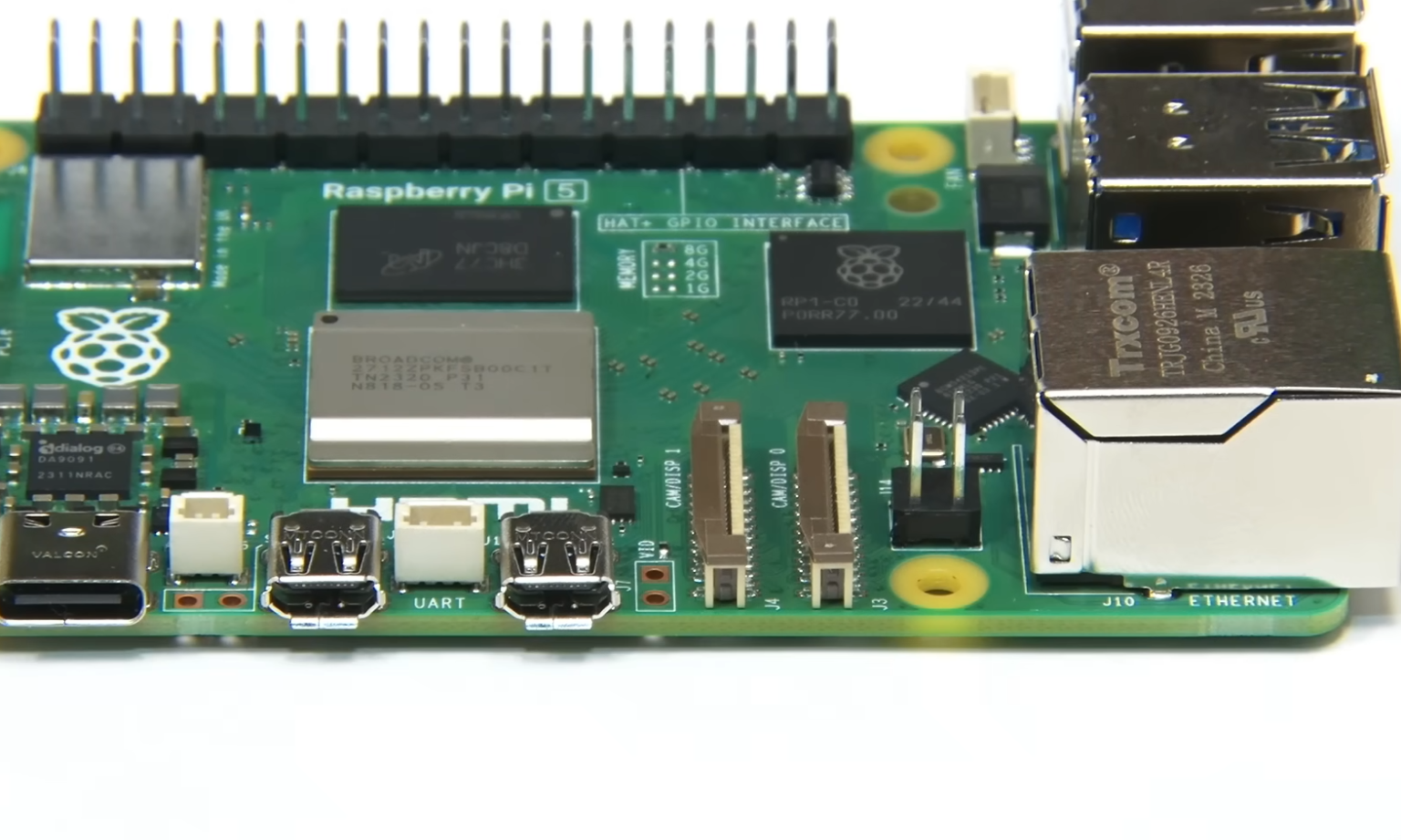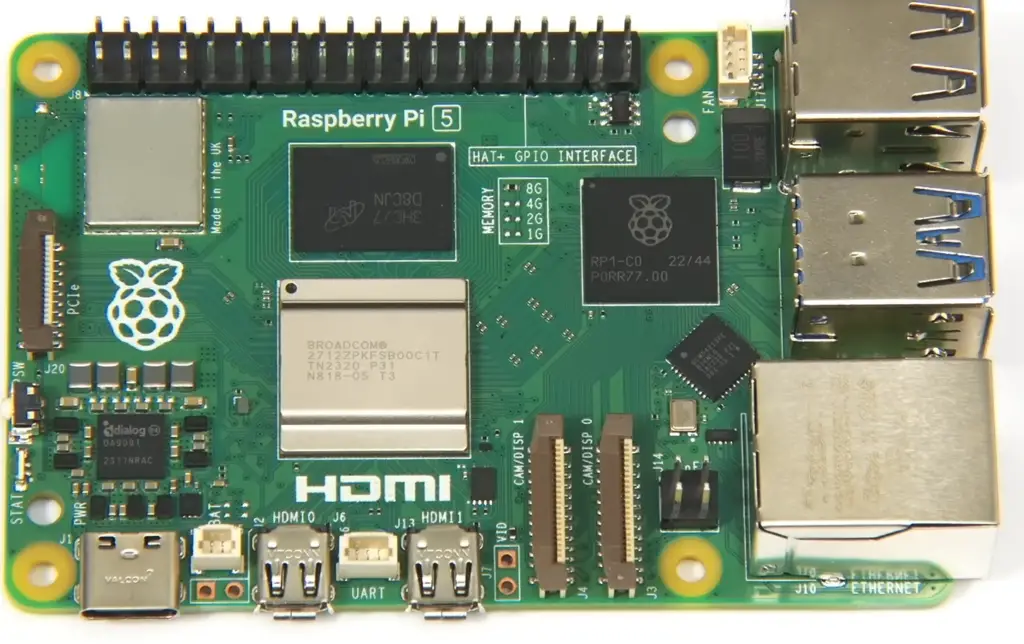Want to access your Raspberry Pi projects from anywhere in the world, securely and reliably? Then mastering the art of SSH tunneling and SFTP is absolutely essential. These tools provide the keys to unlocking the full potential of your Raspberry Pi, transforming it from a simple hobbyist device into a powerful, remotely accessible server.
Imagine a world where you can effortlessly manage files, execute commands, and troubleshoot issues on your Raspberry Pi, all from the comfort of your laptop, regardless of your geographical location. This is the promise of secure remote access, and it's surprisingly within reach, even for those who aren't seasoned network engineers. The combination of SSH (Secure Shell) and SFTP (Secure File Transfer Protocol) provides a robust and secure method to achieve this, offering a protected pathway for your data and commands to travel between your computer and your Raspberry Pi.
However, setting up this secure connection isn't always straightforward. Factors like firewalls, NAT routers, and dynamic IP addresses can throw curveballs, complicating the process and potentially exposing your Raspberry Pi to security vulnerabilities. That's where techniques like port forwarding, reverse proxy tunnels, and cloud-based solutions come into play. This article provides a detailed examination of these methods, offering practical guidance and clear explanations to help you establish a secure and reliable connection to your Raspberry Pi, no matter where you are.
- Vegamovies Hoichoi Your Guide To Streaming Movies Series
- Ullu Web Series 2024 Mustwatch List Where To Stream
SFTP leverages SSH, a secure service integral to your Raspberry Pi, to enable secure data transfers. Therefore, prior to utilizing SFTP, you must enable SSH on your Raspberry Pi and establish a tunnel for accessing SSH through services like pitunnel.com. Refer to our SSH sessions guide and then return to this article to connect to your Raspberry Pi using SFTP.
The software, cloudflared, creates and maintains the secure tunnel connecting the Raspberry Pi and the Cloudflare network. We will need to add the official Cloudflare repository to install the required software, despite the fact that these steps are rather simple.
Home Assistant is an open-source home automation platform that prioritizes local control and privacy. It is powered by a global community of DIY enthusiasts and tinkerers, making it perfect for running on a Raspberry Pi or a local server.
- Filmyfly 2025 Your Guide To South Bollywood Movies Online
- Jameliz Smith Onlyfans Success Story Platform Potential
With this AWS IoT managed tunnel, you can open the SSH connection needed for your device. For more information about using AWS IoT Secure Tunneling to connect to remote devices, see AWS IoT Secure Tunneling in the AWS IoT Developer Guide.
A few weeks ago I received a Raspberry Pi 400 as a gift. I didnt have time to do anything beyond plug it in and verify that it works. Its great that the Pi 400 comes with everything you need except for a screen: theres the computer itself, mouse, HDMI cable and power adapter.
Software Raspberry Pi OS Raspberry Pi Connect Raspberry Pi Desktop for PC and Mac other Android Debian FreeBSD Gentoo Linux kernel NetBSD openSUSE Plan 9 Puppy Arch.
Deploy zrok on a Raspberry Pi or scale it for large service instances. The single binary contains everything needed to operate your own zrok environment.
Securing your Raspberry Pis SSH connection is paramount. This section will walk you through several methods to enhance the security of your Raspberry Pis SSH connection.
SSH allows you to remotely access your Raspberry Pis terminal. While incredibly useful, SSH can become a significant security vulnerability when exposed to the internet.
Creating a secure tunnel generates a unique identifier for your connection. Next, specify the local service you want to expose, for example:
Replace mydomain.com with your actual domain and ensure your service, in my case a WordPress instance, is running on the Raspberry Pi. Finally, initiate the tunnel with:
AWS IoT Secure Tunneling is a managed proxy designed for devices located behind secure firewalls on remote sites.
Disable IPv6 on the Raspberry Pi. Here's how:
Kali Linux on Raspberry Pi: Kali Raspberry Pi/headless Kali Raspberry Pi/headless walkthrough. Kali Raspberry Pi/startup services Kali Raspberry Pi/SSH Kali Raspberry Pi/tcpdump.
What is a reverse proxy tunnel? Lets say you want to access an SSH client behind a NAT router or firewall from a public SSH server.
For this, you first need to create an SSH connection, also known as an SSH tunnel, from the SSH client to the SSH server (imagine a large tube connecting two endpoints).
Configure your home router to map its external port 22 onto port 22 of your Raspberry Pi's IP address.
Now see if you can connect to your Raspberry Pi from an external network with SSH (PuTTY), using your router's IP address and port 22. Once you have this working, you should consider disabling password access and using secure SSH keys instead.
Now, let's delve deeper into the practical applications and nuances of securing your Raspberry Pi with SSH. While enabling SSH is the first step, it's akin to leaving your front door unlocked convenient, but incredibly risky. The real work lies in hardening your SSH configuration to prevent unauthorized access and protect your valuable data.
One of the most effective measures you can take is to disable password authentication altogether. This might sound counterintuitive, but passwords, especially weak or reused ones, are easily cracked through brute-force attacks. Instead, embrace the power of SSH keys. These cryptographic keys provide a much stronger authentication mechanism, relying on a pair of keys a private key that you keep secret on your computer and a public key that you install on your Raspberry Pi.
The process of generating and installing SSH keys might seem a bit technical at first, but it's a skill well worth learning. Tools like `ssh-keygen` make the key generation process relatively straightforward. Once you've generated your key pair, you'll need to copy the public key to your Raspberry Pi, typically by appending it to the `~/.ssh/authorized_keys` file. After this, you can disable password authentication in the SSH configuration file (`/etc/ssh/sshd_config`) by setting `PasswordAuthentication no`.
Beyond disabling password authentication, consider changing the default SSH port (22). While this won't stop determined attackers, it significantly reduces the amount of automated scanning and brute-force attempts your Raspberry Pi receives. Bots constantly scan for open SSH ports, and changing the default makes your Pi a less attractive target. Choose a high-numbered port (above 1024) that isn't commonly used by other services.
Another crucial step is to keep your Raspberry Pi's operating system and SSH software up to date. Security vulnerabilities are constantly being discovered and patched, so regularly updating your system is essential to protect against known exploits. Use the `apt update` and `apt upgrade` commands to keep your software current.
Firewalls are your first line of defense against unauthorized access. A firewall acts as a gatekeeper, controlling which network traffic is allowed to enter or leave your Raspberry Pi. The `ufw` (Uncomplicated Firewall) is a user-friendly tool for managing firewalls on Debian-based systems like Raspberry Pi OS. Use `ufw` to allow SSH traffic on your chosen port and block all other incoming traffic. This ensures that only authorized connections can reach your SSH server.
For added security, consider using fail2ban. This intrusion prevention software monitors your SSH logs for failed login attempts and automatically blocks IP addresses that exhibit malicious behavior. Fail2ban can be configured to block IP addresses after a certain number of failed login attempts within a specified time period, effectively preventing brute-force attacks.
Accessing your Raspberry Pi from outside your local network often requires port forwarding. This involves configuring your router to forward traffic from a specific port on its public IP address to the Raspberry Pi's internal IP address and SSH port. However, port forwarding exposes your Raspberry Pi directly to the internet, increasing the risk of attack. Use port forwarding only when absolutely necessary and take extra precautions to secure your SSH server.
An alternative to port forwarding is to use a VPN (Virtual Private Network). A VPN creates an encrypted tunnel between your computer and your Raspberry Pi, protecting your traffic from eavesdropping and unauthorized access. You can set up a VPN server on your Raspberry Pi using software like OpenVPN or WireGuard, allowing you to connect to your home network securely from anywhere in the world.
Reverse SSH tunneling provides another secure way to access your Raspberry Pi from behind a firewall or NAT router. With reverse SSH tunneling, the Raspberry Pi initiates a connection to a public server, creating a tunnel that you can use to connect back to the Pi. This eliminates the need for port forwarding and can be useful in situations where you don't have control over the router's configuration.
Cloud-based solutions like ngrok and Serveo offer a simple way to expose your Raspberry Pi to the internet without requiring port forwarding or a static IP address. These services create a secure tunnel between your Pi and their servers, providing you with a public URL that you can use to access your Pi from anywhere. While convenient, these services often have limitations on bandwidth and usage, and you should be aware of their security policies before using them.
Regardless of the method you choose, it's crucial to regularly monitor your SSH logs for suspicious activity. Look for failed login attempts, unusual connection patterns, and any other signs of potential attacks. Tools like `auth.log` and `last` can help you analyze your SSH logs and identify potential security threats.
By implementing these security measures, you can significantly reduce the risk of unauthorized access to your Raspberry Pi and protect your valuable data. Remember that security is an ongoing process, and you should regularly review and update your security practices to stay ahead of potential threats. Regularly test your setup from an external network to ensure everything is working as expected and that your security measures are effective.
The Raspberry Pi's versatility extends far beyond simple projects. It can be transformed into a powerful home server, a media center, a security surveillance system, or even a platform for learning about cybersecurity. Secure remote access is the key to unlocking these advanced capabilities, allowing you to manage and control your Raspberry Pi from anywhere in the world.
Mastering SSH tunneling and SFTP is an investment in your Raspberry Pi skills that will pay dividends in the long run. By understanding the principles of secure remote access and implementing the best practices outlined in this article, you can confidently explore the full potential of your Raspberry Pi and unlock a world of exciting possibilities.
Furthermore, consider the implications of using your Raspberry Pi in Internet of Things (IoT) applications. Many IoT devices are inherently vulnerable to security threats, and securing your Raspberry Pi, which may act as a gateway or controller for these devices, is crucial. A compromised Raspberry Pi could potentially expose your entire IoT network to attack.
Finally, remember that the security landscape is constantly evolving. New vulnerabilities are discovered regularly, and attackers are constantly developing new techniques. Stay informed about the latest security threats and best practices by subscribing to security newsletters, following security blogs, and participating in online security communities. Continuous learning and adaptation are essential to maintaining a secure Raspberry Pi environment.
In conclusion, securing your Raspberry Pi's SSH connection is not merely a technical task; it's a responsible practice that protects your data, your network, and your privacy. By taking the time to implement the security measures outlined in this article, you can confidently enjoy the many benefits of remote access while minimizing the risks.
- Movierulz Unveiled Watch Telugu Movies Online Safely In 2024 Guide
- Alyx Star Biography Age Net Worth More Revealed


